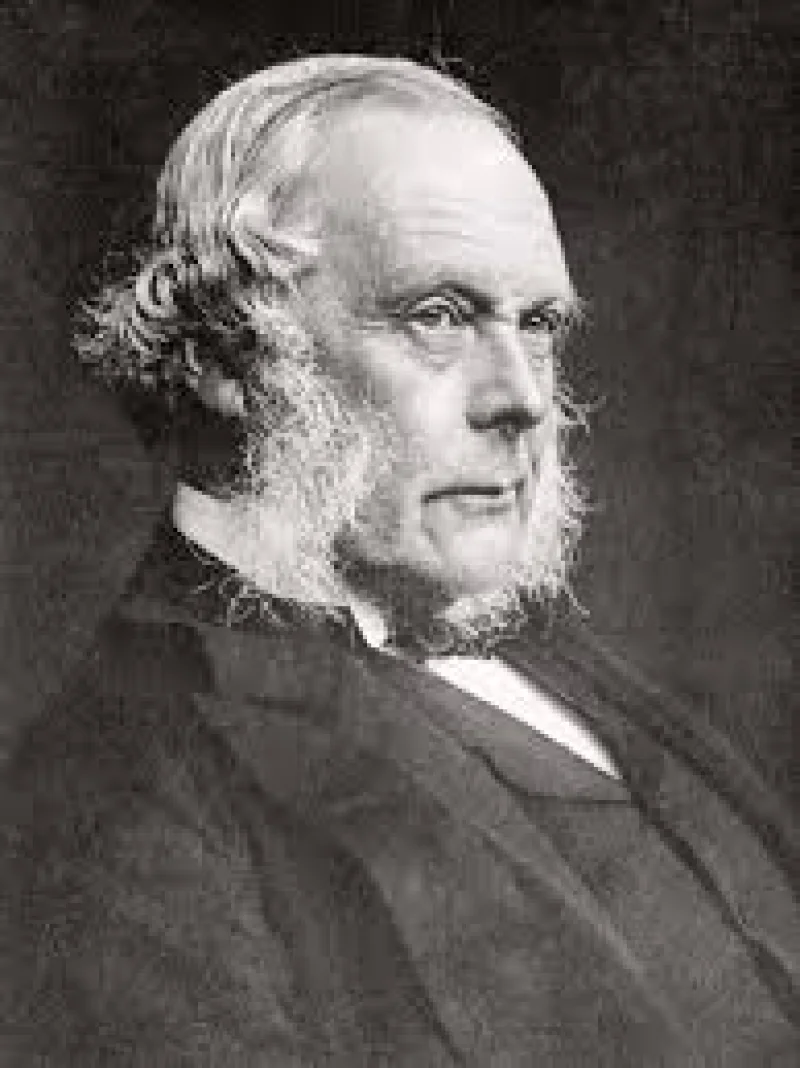Short Summary
Homi Jehangir Bhabha was a pioneering Indian nuclear physicist, widely recognized as the architect of India's nuclear program. His contributions laid the foundation for India's atomic energy sector, making significant advancements in nuclear research and development. Bhabha's visionary leadership played a crucial role in establishing the Tata Institute of Fundamental Research and the Bhabha Atomic Research Centre. His work has had a lasting impact on India's scientific community and its position in global nuclear research.
Early Life & Education
Born on October 30, 1909, in Bombay, India, Homi Jehangir Bhabha hailed from a prominent Parsi family. His father, Jehangir Hormusji Bhabha, was a well-known lawyer. Bhabha's early education took place at the Cathedral and John Connon School in Bombay. He later attended Elphinstone College and the Royal Institute of Science. In 1927, he moved to England to further his studies at the University of Cambridge, where he pursued engineering, later switching to physics. His work under renowned physicist Paul Dirac profoundly influenced his career path. Bhabha earned his doctorate in nuclear physics in 1934.
Career Highlights
Bhabha began his career with groundbreaking research in cosmic radiation. His work on the cascade theory of electron showers remains influential. In 1945, he founded the Tata Institute of Fundamental Research in Bombay, serving as its director. Under his leadership, the institute became a hub for cutting-edge scientific research in India. Bhabha's most significant contribution came with the establishment of the Atomic Energy Commission in 1948, where he spearheaded India's nuclear program. His efforts led to the creation of the Bhabha Atomic Research Centre, solidifying India's position in nuclear science and technology.
Major Achievements
- Founded the Tata Institute of Fundamental Research, fostering scientific research in India.
- Established the Atomic Energy Commission, laying the groundwork for India's nuclear program.
- Developed the cascade theory of electron showers, significantly impacting cosmic ray research.
- Played a pivotal role in setting up the Bhabha Atomic Research Centre, advancing nuclear technology in India.
Famous Quotes
- "No power is costlier than no power."
- "I do not think that anyone should do anything that he is not interested in."
Interesting Facts
- Bhabha was an accomplished painter and had a keen interest in classical music.
- He was nominated for the Nobel Prize in Physics multiple times, though he never won.
- His sudden death in a plane crash in 1966 remains shrouded in mystery, with various conspiracy theories surrounding it.
Legacy / Influence
Bhabha's legacy is deeply ingrained in India's scientific and nuclear landscape. His visionary approach and leadership established a robust foundation for India's nuclear research and development. The institutions he founded continue to be at the forefront of scientific innovation. Bhabha's influence extends beyond science, inspiring generations of Indian scientists to pursue excellence in research and technology.
FAQ
Q: Why is this person famous?
A: Homi Jehangir Bhabha is famous for being the architect of India's nuclear program and founding key scientific institutions.
Q: What were his major contributions?
A: His major contributions include establishing the Tata Institute of Fundamental Research and the Bhabha Atomic Research Centre.
Q: Did he receive any awards?
A: While he was nominated for the Nobel Prize, he did not receive it. However, he was honored with several other prestigious awards in India.
Q: How did he die?
A: Bhabha tragically died in a plane crash on January 24, 1966.













